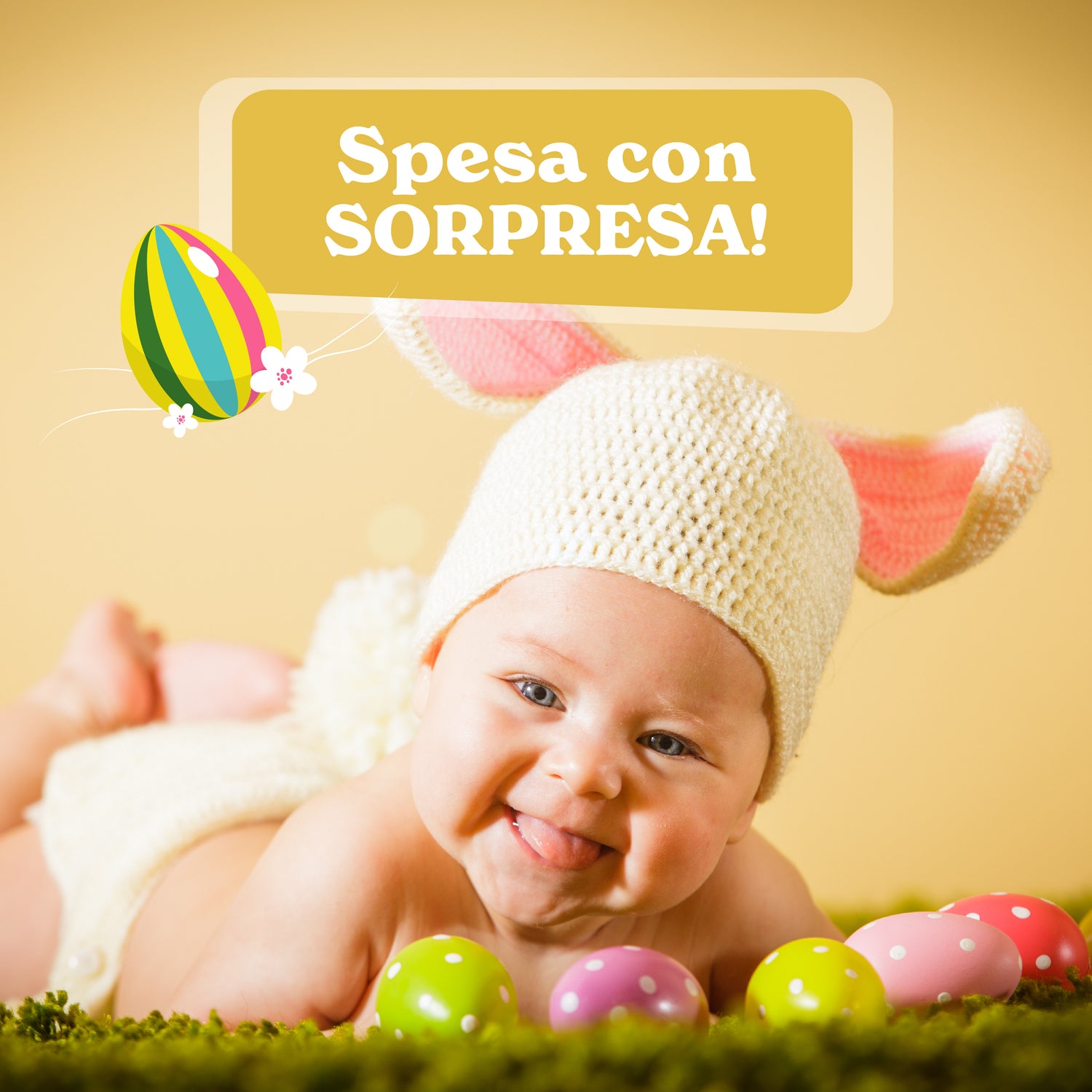SAFE CHILDREN AT HOME
This is the title of the mini guide published online by the Ministry of Health and aimed at guiding parents in the not always simple task of protecting their children at home.
As stated in the document, the starting point is clear: «It is enough not to treat the child as an inanimate toy: he is capable of actions that he was unable to do only the day before and that we never thought he could do the day after ». It is therefore essential to pay the utmost attention to the small inhabitants of the house, and it is certainly up to the responsible adult to prevent all avoidable accidents in any way, also in consideration of the fact that
 it is precisely children – together with women and the elderly – who are the category most exposed to risk. This certainly does not mean adopting an overprotective attitude or locking down the house as if it were a safe, as much as providing for the safety of all environments , to guarantee children games and sensory explorations as free as possible. The golden rule, however, is always the same: never lose sight of them .
it is precisely children – together with women and the elderly – who are the category most exposed to risk. This certainly does not mean adopting an overprotective attitude or locking down the house as if it were a safe, as much as providing for the safety of all environments , to guarantee children games and sensory explorations as free as possible. The golden rule, however, is always the same: never lose sight of them .
Starting from here, let's see what are the main dangers for younger children (from 0 to 3 years) and what prevention measures are suggested on a case-by-case basis.
MAIN RISKS
■ Fall;
■ asphyxiation/drowning;
■ burn;
■ intoxication/poisoning.
PREVENTIVE MEASURES
From 1 to 3 months
■ Never leave the baby alone on the changing table or on a surface raised off the ground;
■ when changing the diaper, take care to prepare everything you need first, so as not to have to move during the operation;
■ the distance between the bars of the cot must not exceed 6 centimetres; the height of the sides must be at least 75; the mattress should be stuck well on the bottom;
■ adjust the bath water to 37°C: check it with the bath thermometer or by doing the 'elbow test';
■ test the temperature of milk and food with the back of the hand.
 From 6 to 9 months (in addition to the above measures)
From 6 to 9 months (in addition to the above measures)
■ Use changing table, cot and scale with high edges;
■ secure the child to the high chair with the appropriate hooks;
■ never leave the baby alone in the tub: very little water is enough for him to drown if he slips;
■ the little one starts crawling: pay attention to fireplaces, stairs, stoves, protruding pans;
■ apply door stoppers to the doors of all low cabinets and corner protectors to the tables;
■ abolish the walker: it is dangerous and inappropriate to help the child in his first steps;
■ make sure that the curtains are sturdy: the child could hang in them dragging them on himself; the same goes for tablecloths: by pulling, it could drop knives, glasses, burning containers…;
■ store sharp, very small (coins, beads…) or variously dangerous objects in drawers out of the reach of children;
■ tidy up loose electric cables, arrange faulty or dangling sockets, throw away non-compliant appliances, use multi-socket power strips and socket cover plates.
From 12 to 18 months (in addition to the above measures)

■ Collect bags, lighters and matches, do not offer the little one toys with micro components, which he could easily swallow;
■ avoid foods at risk of suffocation: peanuts, pistachios, hazelnuts, whole grapes, cherry tomatoes, candies, raw carrots, raw ham…
■ store detergents, insecticides, medicines and alcohol out of reach;
■ beware of poisonous indoor plants: poinsettia, cyclamen, oleander, ficus…
■ note clearly the number of the Cav – Regional Poison Control Centre;
■ after use, empty bathtubs, bidets and other containers immediately;
■ place gates at the stairs;
■ beware of burns: oven, pans on the stove, fireplace…
■ collect electrical appliances after use;
■ dress the child in natural materials: they ensure breathability and are fireproof.
From 2 to 3 years (in addition to the above measures)

■ Fix furniture, bookcases and television to the walls with special hooks;
■ lock the drawers;
■ use non-slip carpets;
■ do not leave chairs or boosters near windows and balconies, install safety nets or raise railings;
■ cover the glass of doors and windows with shockproof adhesive films;
■ purchase a smoke and fire detector;
■ teach the child that pets must be respected: they could get angry and scratch or bite.
Tea Guidi


